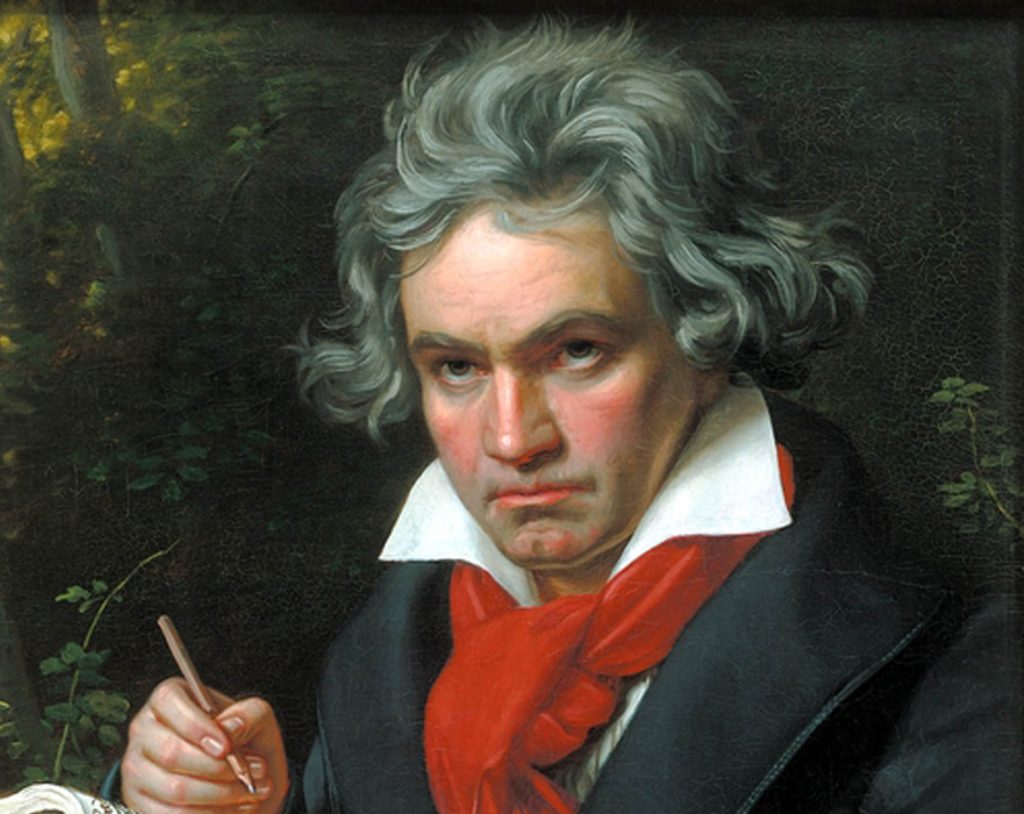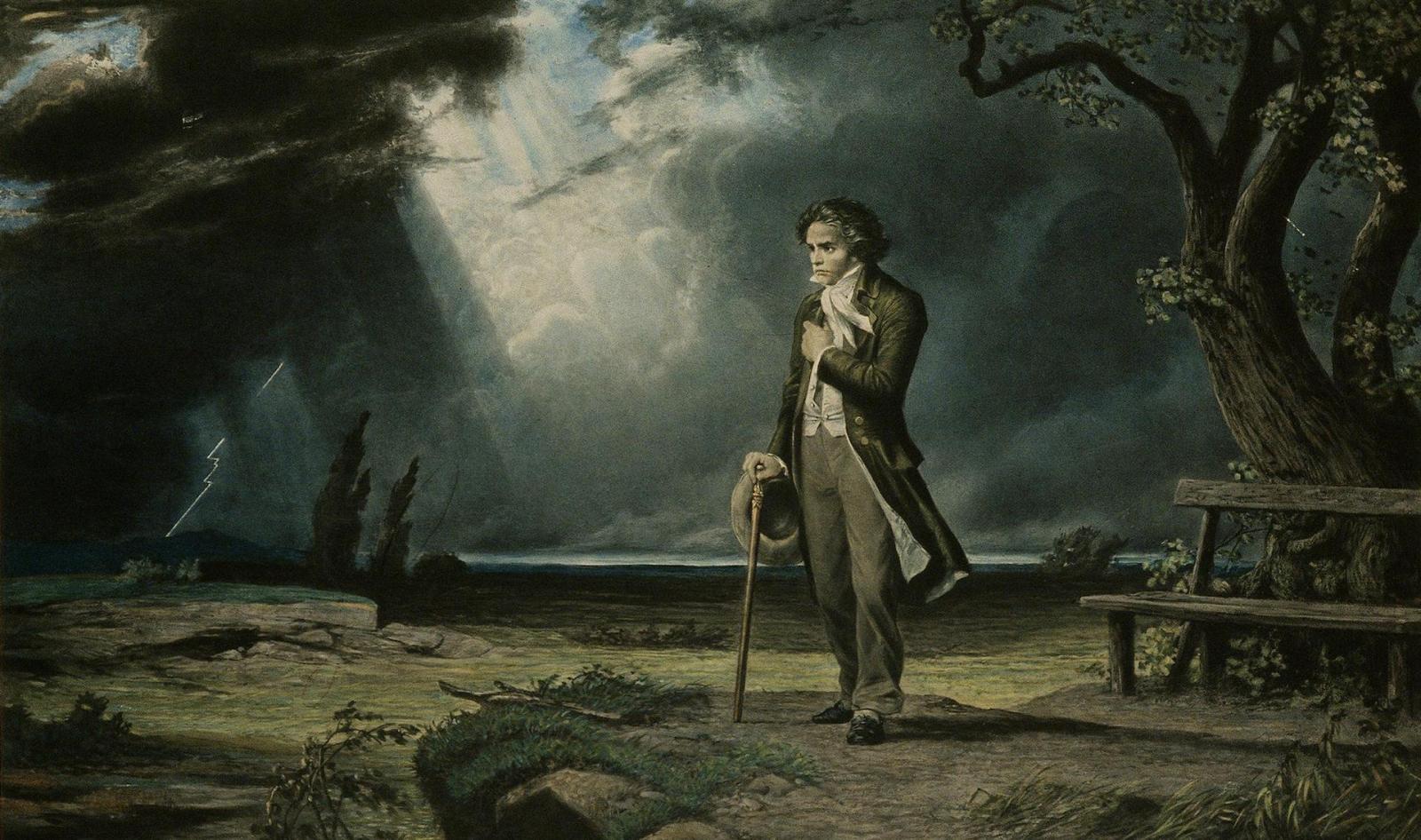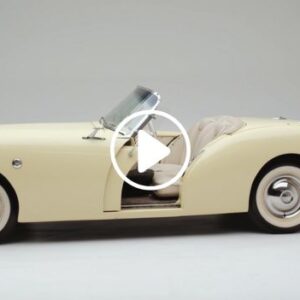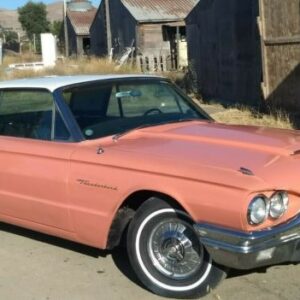Classical composer Ludwig van Beethoven suffered from hearing loss that led to complete deafness. However, he was still able to compose musical masterpieces.

How did Beethoven lose his hearing?
“Over the past three years, my hearing has become weaker and weaker…” – Beethoven, when he was 30 years old, wrote so in a letter to a friend. In his mid-20s, he studied with Haydn and was hailed as a talented, virtuoso pianist. By the time he turned 30, he had composed several piano concertos, six string quartets and his first symphony. All is well with the prospect of a long, successful career ahead.
Then he started to notice a ringing sound in his ears and everything was about to change.
At what age did Beethoven begin to lose his hearing?
Around the age of 26, Beethoven began to hear humming and r inging in his ears. In 1800, at the age of 30, he wrote from Vienna to a childhood friend who was working as a doctor in Bonn saying that he had been suffering for some time from increasingly weak hearing. Beethoven tried to keep news of this matter secret from those closest to him. He was afraid his career would be ruined if anyone found out.
inging in his ears. In 1800, at the age of 30, he wrote from Vienna to a childhood friend who was working as a doctor in Bonn saying that he had been suffering for some time from increasingly weak hearing. Beethoven tried to keep news of this matter secret from those closest to him. He was afraid his career would be ruined if anyone found out.
Once Beethoven went out for a trip to the countryside with fellow composer Ferdinand Ries, and while walking, they saw a shepherd playing music. From Ries’s face, Beethoven could see that there was beautiful music playing, but he could not hear it. It is said that Beethoven was never the same again after this incident, because for the first time he had to face his deafness.
Beethoven apparently could still hear until 1812. But by the age of 44, he was almost completely deaf.
If Beethoven couldn’t hear, how could he write music?
Beethoven listened to and played music for the first three decades of his life, so he knew how instruments sounded and how they worked together. Deafness was a gradual deterioration rather than a sudden loss of hearing, so he could always picture in his mind what his compositions would look like.
Beethoven’s housekeepers remember that when his hearing became worse, he sat at the piano, put a pencil in his mouth, and touched the other end to the instrument’s soundboard to feel the vibrations. music note.

Did Beethoven’s music change because of hearing loss?
That’s right. In his early works, when Beethoven could hear the full range of frequencies, he used higher notes in his compositions. As his hearing deteriorated, he began using lower notes that could be heard more clearly. High notes returned to his compositions late in life, suggesting that he was listening to works that took shape in his imagination.





